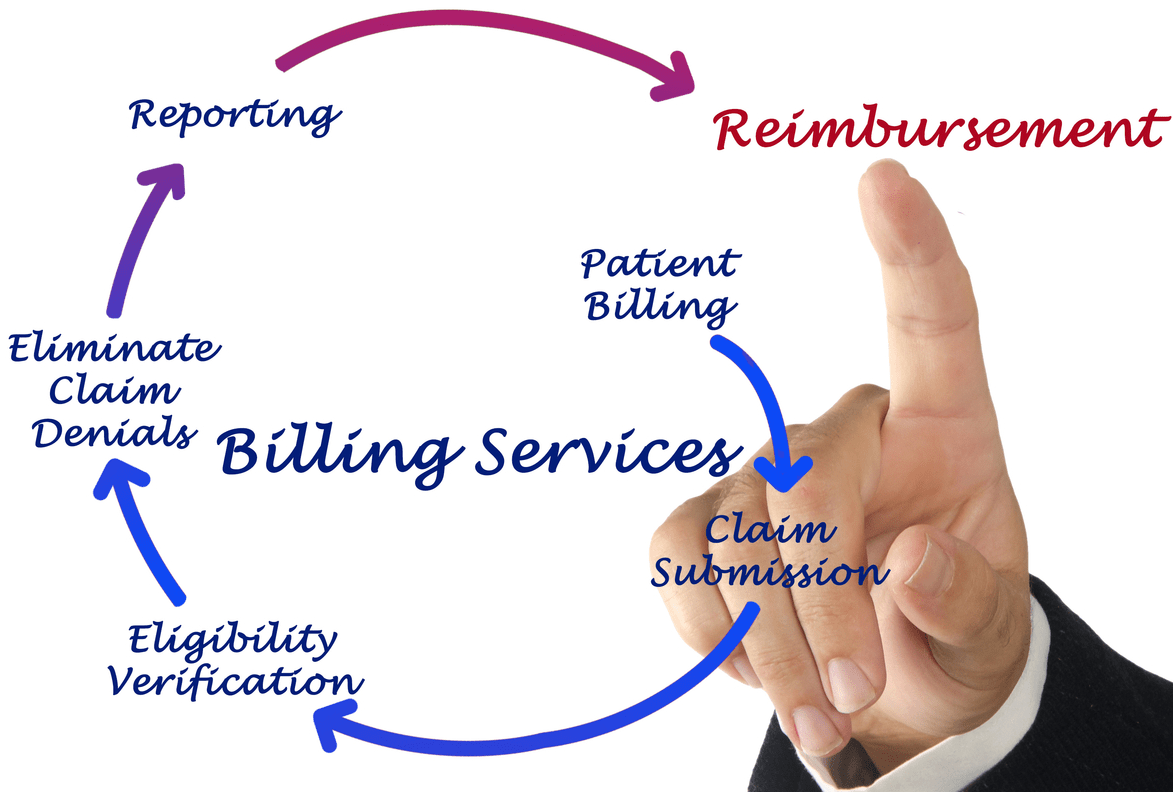Content Attributes
Buying car parts online like in TDot Performance can be a great opportunity for someone looking to save money on their car’s repair and maintenance. You see, the costs of repairs are what they are. So, if they intend to scam you and overcharge you, mechanics are likely to do so by overcharging for parts. The simplest way to skip this step is to find a part online, purchase it and then find someone to install it or install it on your own. The perks are numerous but this is not as simple as it seems. Here’s a brief rundown on what you need to know on this topic.
How to know if your mechanic is being dishonest about parts?
The first indicator that the mechanics that you’re hiring are dishonest towards you is the fact that they seem to be hiding something. For instance, if they’ve replaced the part, they should be able to show you the old part that they’ve just taken out. If they outright refuse to do so, something might be suspicious. Second, if they refuse to show you the receipt for the part that they’ve just purchased, things are also quite suspicious. They probably either bought a used part or just repaired the old one. In this scenario, the purchase of the new part would be just an excuse to overcharge you.
Check the reputation of the platform
Whether or not you get a reliable deal depends on the reputation of the platform as well. You should start by checking the platform itself and see what the community is like. Just bear in mind that their experiences differ. Even the best site will have one or two people with a negative experience and vice-versa. So, you need to look at a tad bigger sample in order to come close to having an accurate depiction. Ignoring this would be outright irresponsible.
Know what you’re looking for
The next thing worth bearing in mind is that you need to know the exact type of parts that you’re looking for. In fact, it might be worth your while talking to a mechanic just so that you get the right info. You can also check the car owner’s manual. Once you know what you’re looking for, you have the ability to either google these parts or to use the filter system on a specialized platform to find it. Some retailers even specialize in parts by certain manufacturers. For instance, when looking for Toyota parts, you’ll already have an idea of where to start looking.
Reviews are key
Going to check out what the reviewers have to say is always a good idea. Now, before anyone becomes dismissive of this idea, it’s worth mentioning that it’s quite easy to tell apart a genuine review from one left by a marketer. The jargon is completely different and it may contain fragments of a genuine user experience. Once again, simply because one person isn’t satisfied with the part, this doesn’t mean that it’s bad. Still, caution is more than advised.
Spotting counterfeit parts
The single biggest concern of buying parts online lies in the likelihood of buying counterfeit parts. Replicas are much cheaper to make and there are a lot of those looking to scam people online. The first indicator is an unusually low price of the item. It’s okay for an item to be somewhat cheaper but if it’s half the price or 30% of the price of the same part elsewhere, it’s likely that we’re talking about a scam. Generic reviews are another indicator.
Compared to buying in person
The last thing worth mentioning is the concept of buying parts online as opposed to buying them in person. You see, buying parts offline allows you to get them faster, support the local economy and physically inspect the part. The problem with buying in person is that you have a limited number of item types. Second, you usually end up paying more. Lastly, there’s only you and the salesperson and it’s in their best interest to sell you the part. In a digital world, you have impartial reviews to go to and people that help you make a choice. There’s no pressure.
Conclusion
In the end, it’s clear that there are so many advantages to buying parts online. So, what are the downsides? The downsides are that members of the older generations (even some of the older millennials) are reluctant to buy parts online. Even if they do engage in e-commerce, it’s just that they’re not used to buying car parts and similar items this way. Still, the list of advantages is too long to allow ignoring this massive advantage for too long.



